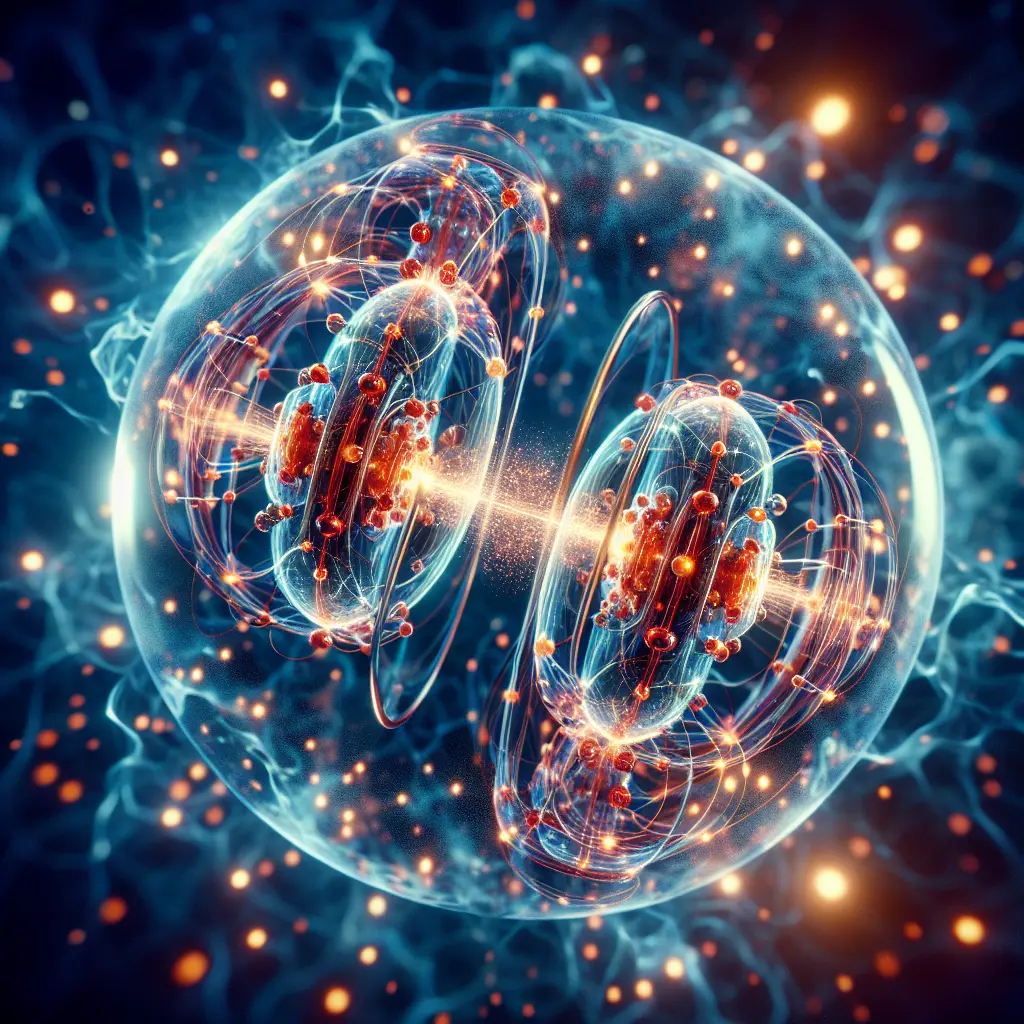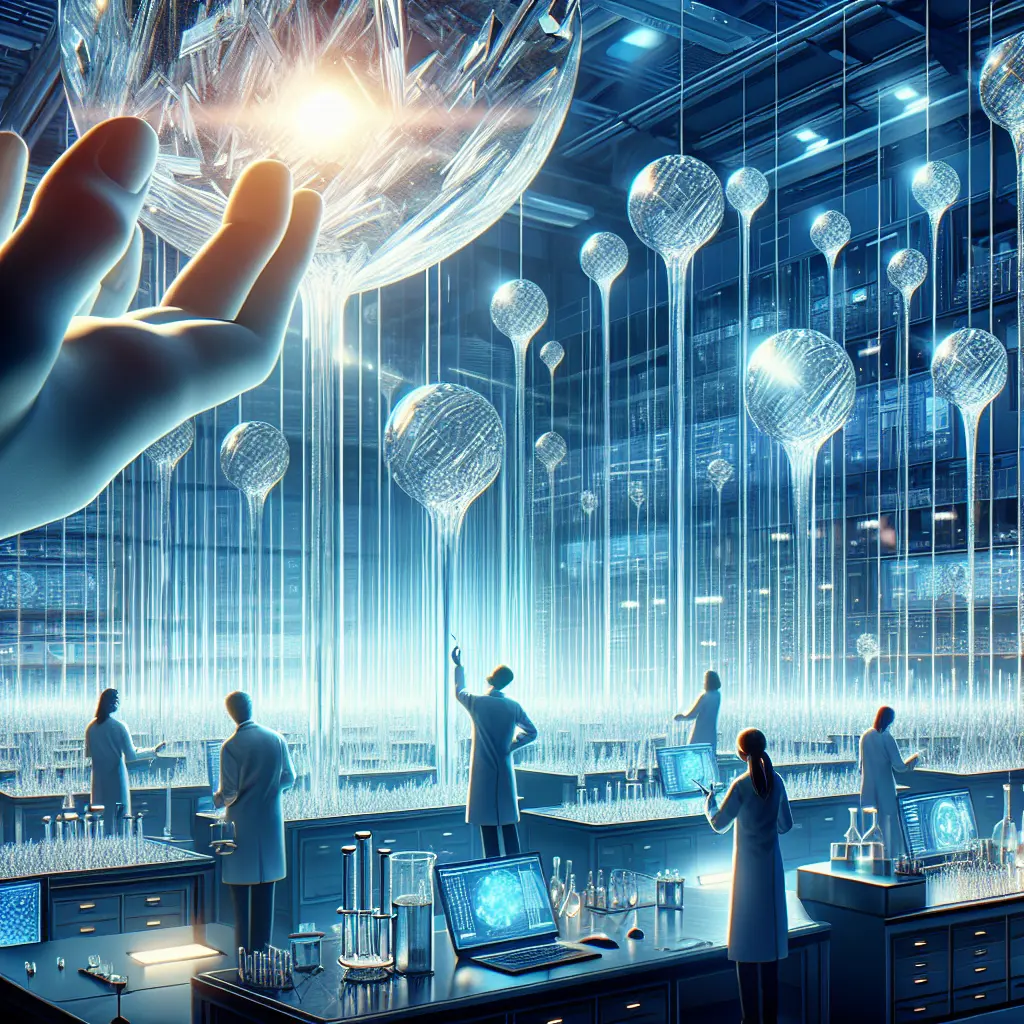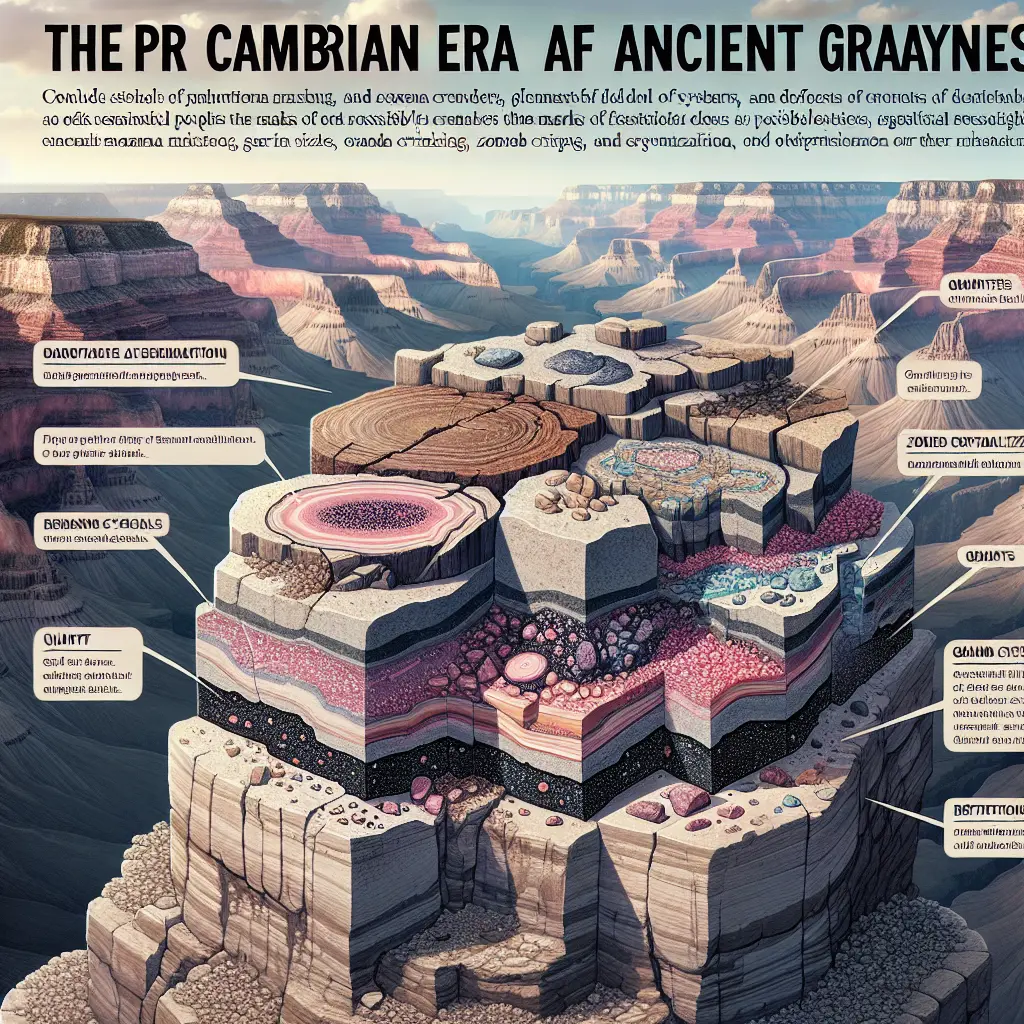Exploring the Mystical World of Plasma Crystals
Crystals have long fascinated scientists and enthusiasts alike with their intricate structures and mysterious properties. Recently, a groundbreaking study has unveiled fascinating insights into a particular type of crystal—complex plasma crystals—shedding light on their unique behavior and potential applications.
Unveiling Plasma Crystals
Plasma crystals are not your typical earthbound gemstones. Instead, they form within a plasma, which is a state of matter composed of charged particles. These crystals are often created in laboratory settings where conditions can be carefully controlled. The study in question observed plasma crystals formed from rotating quasipaired particles, also known as torsions, within a two-dimensional monolayer crystal suspended in an argon complex plasma.
Conditions for Creation
Unique Properties and Behavior
To create these plasma crystals, specific conditions must be met. The study noted that these torsions appeared under discharge powers ranging from 1 to 10 watts and pressures between 135 to 155 mTorr. This precise environment allows for the formation of a stable crystal lattice, providing scientists with the perfect opportunity to study their characteristics and behaviors.
The inclusion of torsions within the crystal lattice significantly affects its properties. These rotating pairs add a dynamic element to the otherwise static structure, creating what researchers describe as "hot" plasma crystals. This phenomenon offers new avenues for exploration in the field of physics, as it challenges our understanding of crystal formation and stability.
Potential Applications
The discovery of rotating torsions within plasma crystals opens up a plethora of potential applications. These could range from advanced materials science to innovative technological applications that leverage the unique properties of plasma crystals. Their ability to maintain stability in varying conditions makes them particularly intriguing for future research and development.
Key Takeaways
- Plasma Crystals: Formed in a state of matter called plasma, composed of charged particles.
- Experimental Conditions: Requires specific discharge powers and pressures for creation.
- Dynamic Properties: Torsions create "hot" crystals with unique behaviors.
- Potential Applications: Opportunities in material science and technology.
This study represents just a glimpse into the enigmatic world of crystals, highlighting the continuous need for research and exploration. As we delve deeper into their mysteries, who knows what other remarkable properties and uses we might uncover?
For those interested in delving further into this fascinating subject, you can explore the detailed findings in the study by visiting this link.
As we continue to unravel the secrets of crystals, may your journey through the wonders of science be as illuminating as the crystals themselves.
Warm regards,










Leave a Comment